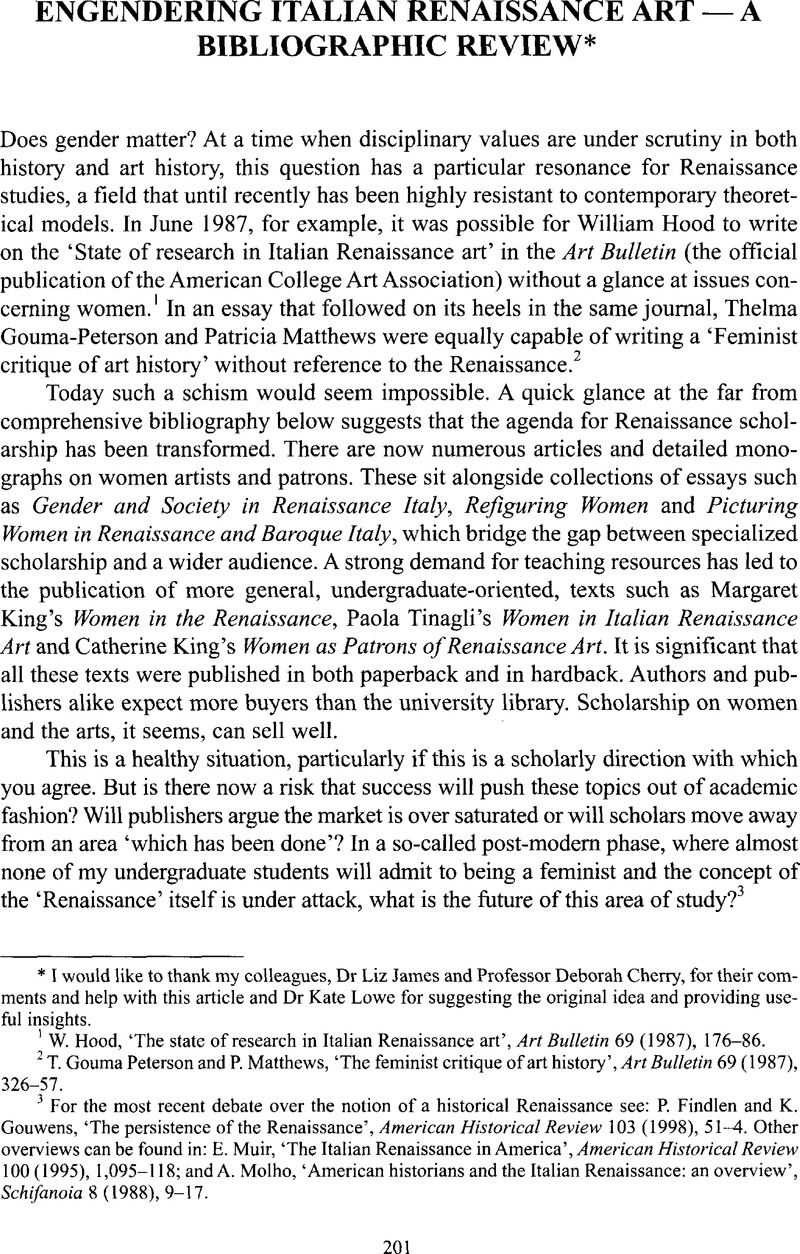Crossref Citations
This article has been cited by the following publications. This list is generated based on data provided by Crossref.
Saslow, James M.
2013.
A Companion to Renaissance and Baroque Art.
p.
127.



